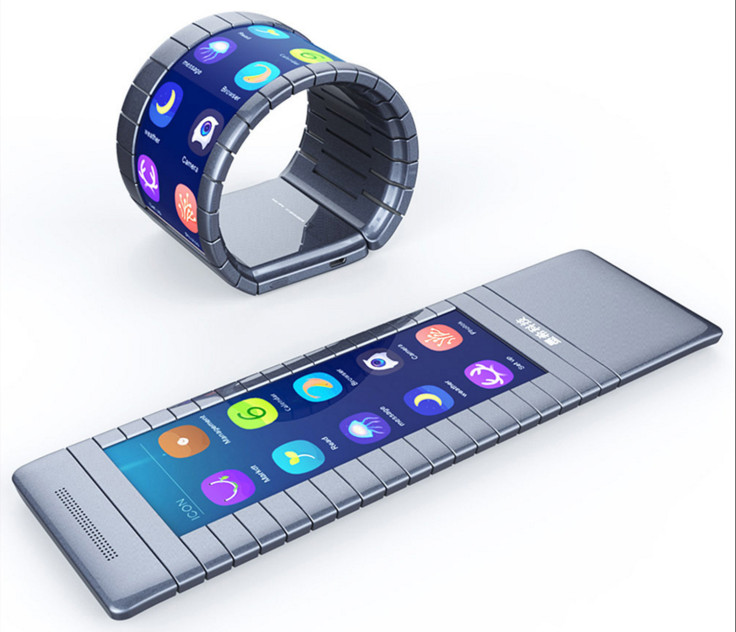Scientists develop pliable plastic magnetic chip for use in flexible devices
The development might make flexible, wearable electronics a reality in the near future.

Scientists at the University of Singapore have managed to successfully embed a powerful magnetic memory chip on a flexible plastic material. The malleable memory cum processing chip is a breakthrough in the making of flexible electronics devices in future especially in products like wearables.
"Flexible electronics will become the norm in the near future, and all new electronic components should be compatible with flexible electronics. We are the first team to fabricate magnetic memory on a flexible surface, and this significant milestone gives us the impetus to further enhance the performance of flexible memory devices and contribute towards the flexible electronics revolution," says Yang Hyunsoo, lead researcher for the project and Associate Professor at the National University of Singapore.
The chip operates on magnetoresistive random access memory (MRAM), which is a method of storing data bits using magnetic charges instead of the electrical charges using a magnesium oxide (MgO)-based magnetic tunnel junction (MTJ). MRAM has been known to outperform conventional RAM computer chips in many aspects, including the ability to retain data after a power cut, high processing speed as well as low power consumption.
While there is a lot of buzz about flexible displays, some of which have been showcased recently at tech shows, this is the first of its kind flexible memory chip that can be moulded as the design requires. Apart from consumer electronic products like smartphones, wearables and small devices the chip has great potential in applications such as automotive, health care electronics, industrial motor control and robotics, industrial power and energy management, as well as military and avionics systems as per the research.
© Copyright IBTimes 2025. All rights reserved.





















